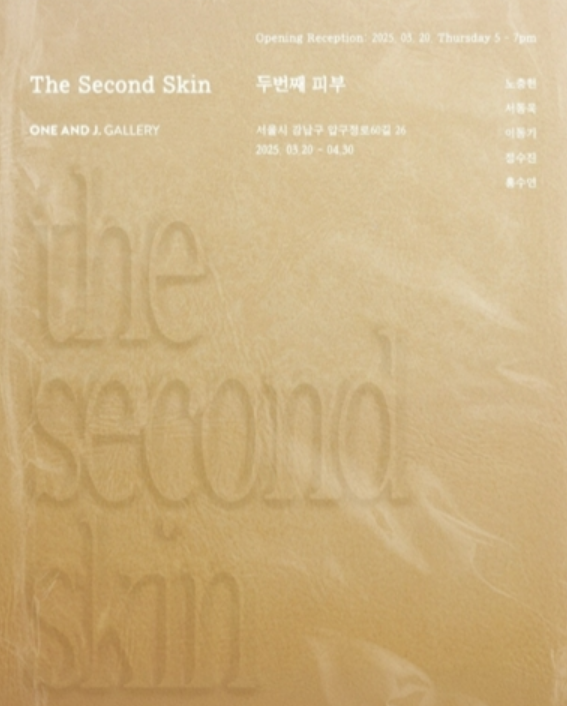While the Atomouse for mobile devices preceded Murakami’s work, it was the Superflat series that followed that really captured international attention. It’s not hard to see why the world reacted so differently to these seemingly similar paintings. Murakami included Japan in his Superflat series, while Lee Dong-gi did not.
In the mid-2000s, Christie’s Hong Kong held an exhibition of contemporary art from Korea, China, and Japan that immediately revealed the differences between the three countries.
Japan uses manga imagery to express its identity, while China uses traditional and communist symbols.
On the other hand, the work of Korean artists is distinctive no matter how you look at it.
What does this difference mean?
This suggests that something unseen is influencing our interpretation of the meaning of art.
This is context.
Context acts like a kind of grammar.
The grammars that currently dominate the reading of art are Orientalism and Postmodernism.
Orientalism defines the non-West through Western eyes and requires non-Western writers to show regional characteristics.
This ultimately creates a situation that emphasizes group identity rather than individual uniqueness.
Postmodernism also seems to value the individual, but it further divides identity by region, gender, and generation.
It does not offer a way to understand the uniqueness of the individual.
Ultimately, the individual serves only as a medium for revealing a more detailed group identity, and art is absorbed into another social discourse.
Nothing has changed.
Art is always searching for something new.
However, it is impossible to create something new if we focus only on recognizing repetitive patterns of collective identity in individual works.
For the real novelty lies in the uniqueness of each individual.

